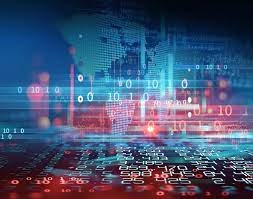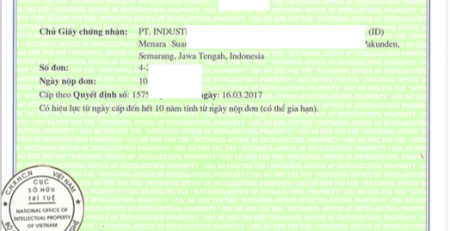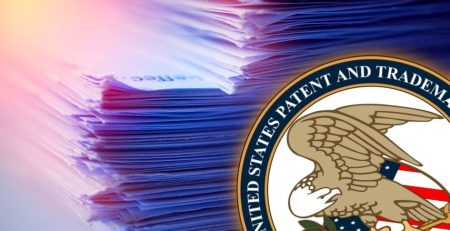What you should know about IP and NFTs
The IP asset at stake is fundamental to the success of IP transactions. But what if your business realizes all of a sudden that, despite the fact that employees created the right, it is no longer its property? It’s a common misconception that inventions made by full-time employees belong to the corporation by nature, but this isn’t always the case. Specifically, there are significant changes in the legal implications and practices depending on the type of employee and the relevant jurisdiction.
One of the most popular intellectual property (IP) topics right now is non-fungible tokens (NFTs). NFTs can be used for marketing solely, as a brand-new asset type to attract capital or to transfer goods and services into the metaverse.
This new asset type has expanded across all industries and presents some intriguing IP difficulties. NFTs continue to be poorly understood while having proven to be a significant resource in the new digital era.
NFTs may make reference to or include important intellectual property rights, such as logos, branded products, or digital artwork. The protection and observance of intellectual property rights should be given top priority in NFT projects.
The release of NFTs may result in a variety of IP-related problems, including:
- Who has the right to create and distribute NFTs?
- Does the NFT infringe on the rights of third parties?
- What rights are transferred while using the NFT? (and on resale)
- How these rights are transferred?
Brands must be cautious to protect their IP in the metaverse and the web3 economy even if there is no intention to develop and release NFTs. Any plan may involve keeping an eye on important platforms and markets, registering domain names defensively (including the upcoming Ethereum Name Service), registering trademarks in new digital classes, and creating procedures to follow in the event of an infringement.
NFTs are tokens with a distinct identity that was “minted” (produced) using blockchain technology. A “block” of digital data is added to the chain when an NFT is formed on the blockchain. Each block’s data is unchangeable because they are linked together (that is, it cannot be changed without affecting the whole chain).
A collection of information about the token, including its contract address, token ID, name, and “identity” of the original author, is contained in the NFT itself. Although NFTs are frequently linked to digital content, like a picture or video, this asset is not included in the NFT’s metadata. Instead, the NFT metadata will include a link to the digital asset’s storage location (such as a website address).
An NFT could be compared to the certificate of authenticity for a print or painting in the conventional fine art industry. An NFT serves as a digital certificate of ownership over a digital asset in this sense, but it is not the actual digital asset.
NFTs have the capacity to efficiently control digital assets
Up until now, the sale and exchange of digital assets like digital art, design, and clothing has been the standard use example for NFTs. A digital asset that would otherwise be infinitely disseminable due to its digital nature becomes scarce because of NFTs.
As a result of NFTs’ capacity to offer provenance for digital assets, these assets are now also frequently correlated with actual goods in the real world. For instance, companies can now offer NFTs that can be redeemed for tangible goods (like designer shoes or expensive wine), creating a handy market for the exchange of those products. The NFT also serves as an anti-counterfeiting tool to stop illegal activity and stop the copying of items that violate laws.











